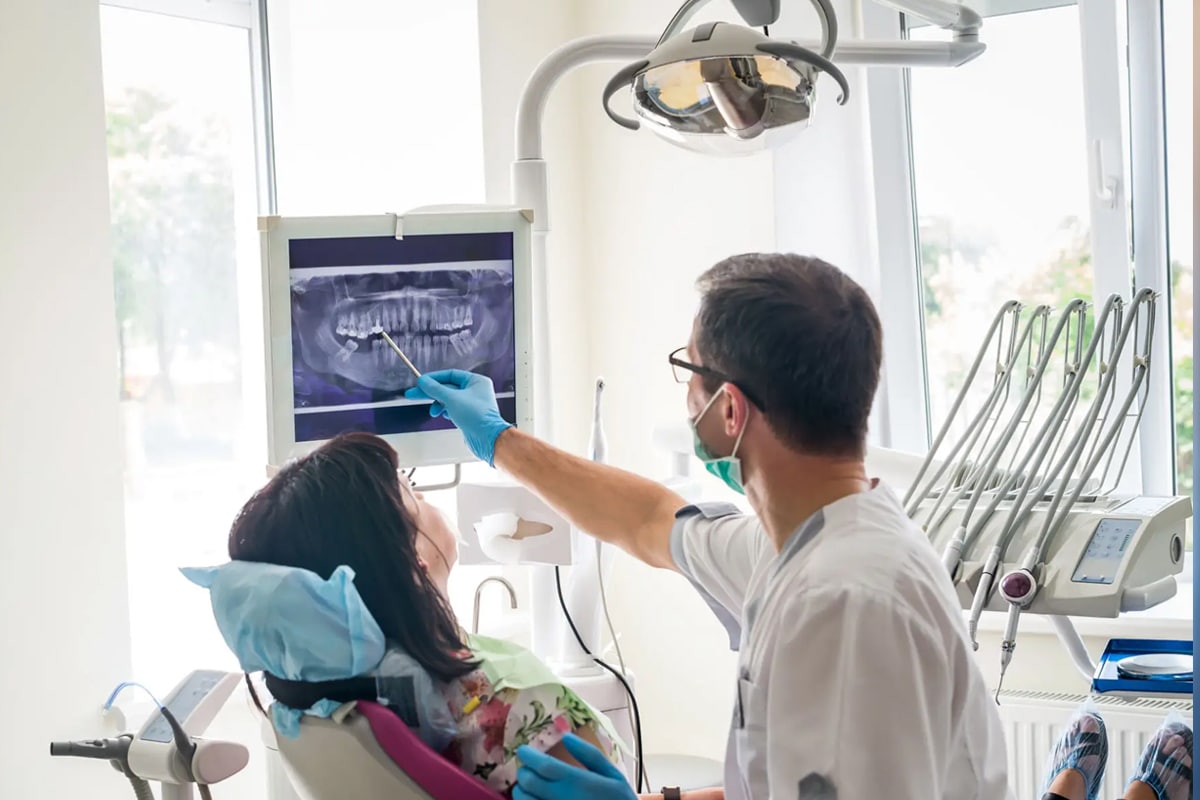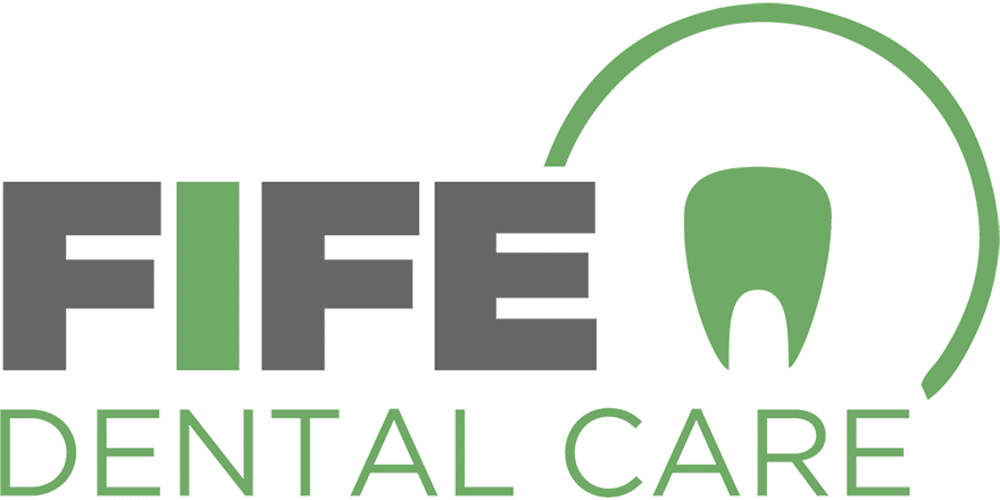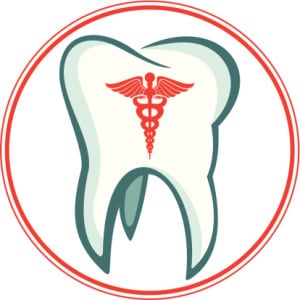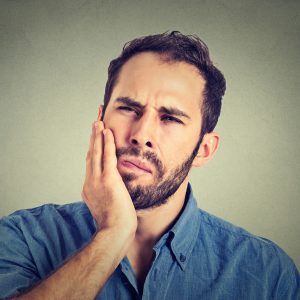
Are Dental X-Rays Worth It?

Once in a while, I see a new patient who is apprehensive about having X-rays taken due to a concern over radiation. I’d like to address that concern and, hopefully, alleviate it.
X-rays are an extremely valuable dental diagnostic tool. Not only do they help identify dental caries (cavities), X-rays also expose bone loss caused by infection and periodontal (gum) disease, and are needed for orthodontic (braces) assessments, implant placement, tooth extractions, and root canal treatments.
So let’s talk about radiation. Radiation is measured in millisieverts (mSv). The national average for naturally occurring radiation is 3 mSv per year; add another 1.5 mSv just for living at a high altitude, like here, in New Mexico.
Digital X-ray systems, like the one at Fife Dental Care, emit up to 80-90% less radiation than traditional film X-rays. Traditional dental film X-rays, however, are low to begin with: a traditional dental film X-ray emits .0095 mSv of radiation or the equivalent of one day of naturally occurring exposure (compare that to an abdominal CT scan at 10 mSv or three years worth of naturally occurring exposure).
Obviously, we should take measures to avoid radiation when possible, but we should always balance radiation exposure with the benefits–and the diagnostic and assessment benefits of dental X-rays are huge.
Sources: “Everything Emits Radiation–Even You”
(http://discovermagazine.com/2007/jun/life-is-rad#.UiUZHLsTPaw)
“X-rays” www.ada.org/2760.aspx
“Naturally Occurring ‘Background’ Radiation Exposure”
(http://www.radiologyinfo.org/en/safety/?pg=sfty_xray)
“Why Switch to Digital Radiography?”
(http://jada.ada.org/content/135/10/1437.full)



